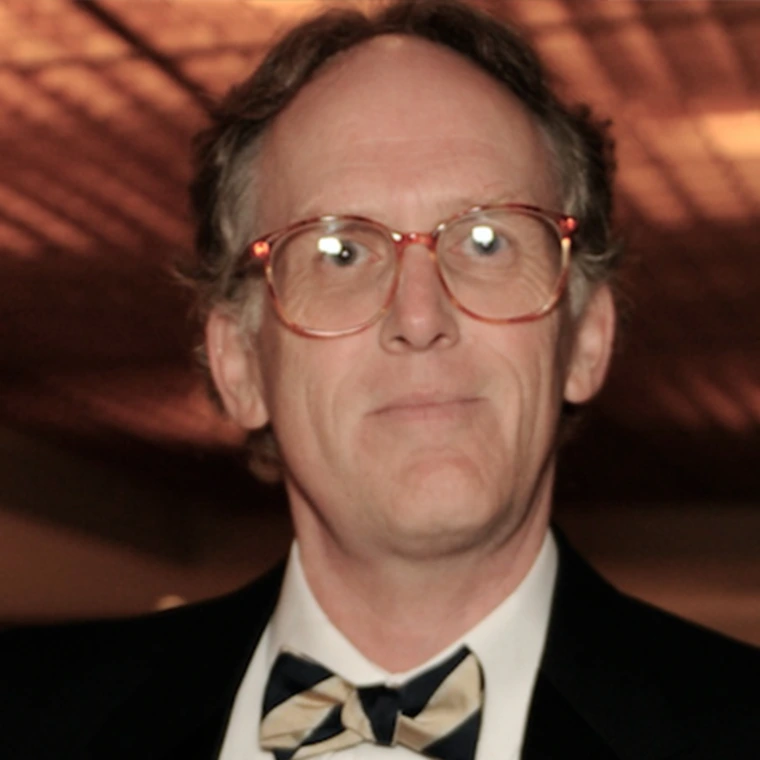Homer B. Pettey

Research Areas
Homer B. Pettey serves as the General/Founding Editor for three scholarly book series. Global Film Studios and International Film Stars are current series for Edinburgh University Press. Global Film Directors is a new series for Rutgers University Press. He is also on the Editorial Board of the journal Adaptation (Oxford University Press).
With R. Barton Palmer, Professor Pettey co-edited two volumes on film noir for Edinburgh University Press, Film Noir and International Noir (2014), both of which are now in paperback editions (March 2015). For those volumes, he contributed the following chapters: "The Noir Turn," "Hard-boiled Tradition and Early Noir," "The Noir Impulse," and "Early Japanese Noir." With Palmer and Steven Sanders, he co-edited Hitchcock's Moral Gaze (SUNY, February 2017), for which he wrote a chapter, "Hobbes, Hume, and Hitchcock: the case of Frenzy."
Professors Pettey and Palmer also published Rule Britannia!--Biopics and British National Identity (SUNY, October 2018). Pettey wrote the introductory essay on the East End psychopathic, homosexual gangsters, the Kray twins, and biographical media. He also wrote a chapter on "Elizabeth I's portraits and the life of visual culture." Pettey and Palmer also have in production French Literature on Screen (Manchester, 2019). Pettey will contribute an introductory essay on French authors fascination with cinema, and Pettey also contribute a chapter on "Elle (2016), rape, and adaptation."
In July 2018, Pettey published a collection on Cold War Film Genres (Edinburgh University Press, July 2018). This book considers often overlooked, but commercially profitable Hollywood films during that era and re-evaluates post-war bohemian and executive comedies, suburban satires, modernist family dramas, musicals, working-woman comedies, and influential jazz films. His introduction will discuss many of these other trends, experiments, and boxoffice successes often ignored in cinema studies, as well as an analysis of the rock-and-roll film. His chapter is devoted to the "Suburban Sublime."
Professor Pettey also has advance contracts for two other scholarly books. His single-authored work on The Legend of the 47 and Japanese Visual Culture (Palgrave, 2020) explores this national tale from its first kabuki staging and ukiyo-e depictions to its influence upon samurai and yakuza cinema, as well as graphic novels. In August 2015, he received an advance contract from SUNY Press for a collection on Cinematic Disorders: Psychopathology on screen (2019). He will also write the Introduction on the history of madness on screen and a chapter on representations of criminality on screen.In late August 2016, Professor Pettey received notice of an advance contract from Manchester University Press for a collection of new scholarly essays on The Films of Costa-Gavras.
He has several current book chapters: on typology and topography in Wyatt Earp biopics for William Epstein and R. Barton Palmer’s Invented Lives, Imagined Communities: Biopics and American National Identity (SUNY, June 2016); on Hitchcock’s American noirs for Jonathan Freedman’s Cambridge Companion to Alfred Hitchcock (Cambridge, July 2015); on violence, the Production Code, film noir for David Schmidt’s edited, two-volume collection on Violence in American Popular Culture (Praeger, November 2015); on adaptations of Liam O’Flaherty’s The Informer and the aesthetics of terrorism for Barton Palmer's Screening Modern Irish Drama and Fiction (Palgrave, 2016); on behavioral economics in Kubrick’s The Killing and Furukawa’s kenju zankoku monogatari (Cruel Gun Story) for Jim Leach and Jeannette Sloniowski’s Heist Films (Wayne State, 2017); on Michael Curtiz’s new Western aesthetic for Murray Pomerance’s Michael Curtiz (Texas, 2018); and, on Japanese avant-garde and the modern girl (moga) for the flagship volume for the new series Adaptation and Visual Culture for Palgrave/Macmillan (2017).
Currently, he is completing research for a single-authored book on Transnational Silent Film Archaeology (Edinburgh, 2019). This work will provide case studies of prominent American and European contributions to the early creation of cinematic art and the development of the international film industry from the early 1900s to the end of the 1920s. Articulating the interconnections and interdependencies between silent film aesthetics and the vicissitudes of the marketplace will be the primary focus. In short, this book aims to reveal the complex, shifting commercial and artistic patterns that produced international silent film.

